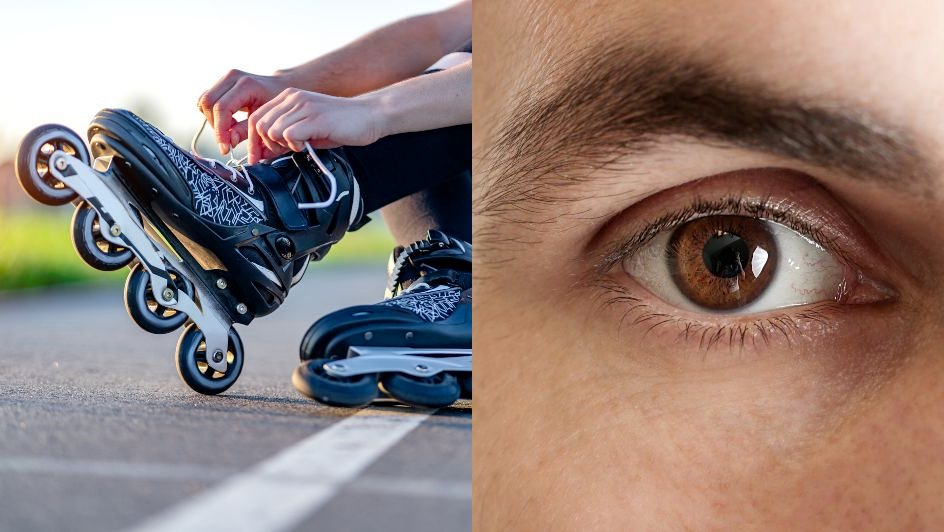#ThrowbackThursday – 22 April

“No man ever made a great discovery without the exercise of the imagination” are words famously uttered by English philosopher, George Henry Lewes.
Indeed, discoveries are made every day, which helps to further expand our existing knowledge, broaden our horizons, and hopefully improve our future. Of course, it needs a spot of creative power to make these discoveries come alive (to varying results).
These five events that occurred on 22 April surely proves Lewes’ words to be true:
1500 – The Portuguese Land in Brazil
Representing the crown of Portugal, explorer Pedro Alvares Cabral became the first European to discover what is now Brazil.
Landing on the shores of the South American country, Cabral and his crew spent 10 days exploring the coast and interacting with indigenous people. Thereafter, he claimed the land under the Treaty of Tordesillas – an agreement with Spain which allowed Portugal to claim undiscovered lands along the meridian of 370 leagues.
1823 – The Birth of Skating … on Land!
Nearly 128 years ago, an English fruit-seller named Robert John Tyers applied for a patent on his remarkable creation: inline skates.
Dubbed “Volitos” (Latin for “fly about”), the skating models consisted of a wooden platform, a metal frame, and a single line of five brass wheels in different sizes.
In the patent, Tyers outlined his invention’s use: “My said apparatus consist of, what I term, my Volitos, or substitutes for the skates ordinarily used upon the ice; these being mounted upon wheels, and are therefore capable of being used upon land, in a similar manner to skates upon the ice.”
Skating on land? A novel concept, indeed!
1969 – An Eyesore in Medical History
For the first time ever, a human eye transplant was performed at the Methodist Hospital in Houston, Texas … although it didn’t go as envisioned.
The patient – a 54-year-old man named John Madden who was legally blind – spent the next three weeks with his eyelids stitched up after he received a complete right eye, which was taken from a fellow Houstonian who had died from a brain tumour.
However, after his eyelids were unstitched, Madden found that although the new eye could move, it did not enable him with vision. This is because the eye had been refrigerated and deprived of its blood supply before transplantation, rendering it sightless.
In other words, it all looked dark for Madden before the transplant was even carried out!
1983 – The Truth Behind “Hitler’s Diaries”
Media houses around the world were worked up into a frenzy when editors of the German magazine, “Stern”, released a statement in which they announced the existence of Adolf Hitler’s personal, handwritten diaries.
Per the statement, 62 volumes of the recently discovered diaries – supposedly written by the notorious German dictator – had gone missing in April 1945 shortly before the city of Berlin fell. His writings covered topics such as his health and his romance with Eva Braun, and also included some of his paintings and drawings.
Two weeks later, however, the diaries were declared a clever hoax by historians. They were actually penned by Konrad Kujau, an antiques dealer, part-time crook and forger from Stuttgart. He was sentenced to four-and-a-half years in prison.
As for “Hitler’s” diaries, they are now housed in the German Federal Archives.
1993 – In Memoriam
Ten years after the “Hitler Diaries” debacle, a new museum was officially dedicated to the memory of the victims of the Holocaust in Washington D.C., Washington State.
The United States Holocaust Memorial Museum contains a vast array of artefacts, archival footage, documents, photographs and other historical items that detail the horrendous genocide of European Jews from 1941 to 1945. Additionally, it houses a list of over 200 000 registered survivors and their families.
The museum’s dedication ceremony was attended by approximately 8 000 guests, which included Holocuast survivor Elie Wiesel, US President Bill Clinton, Israeli President Chaim Herzog, and other dignitaries.
Three days later, the museum was opened to the general public, with the first guest being the 14th Dalai Lama. To date, 40 million people from across the country and around the world have visited it in order to discover for (and educate) themselves what bearing this dark period of history has had on victims, survivors and observers alike.
Because, in the immortal words of Wiesel, “for the dead and the living, we must bear witness.”




















